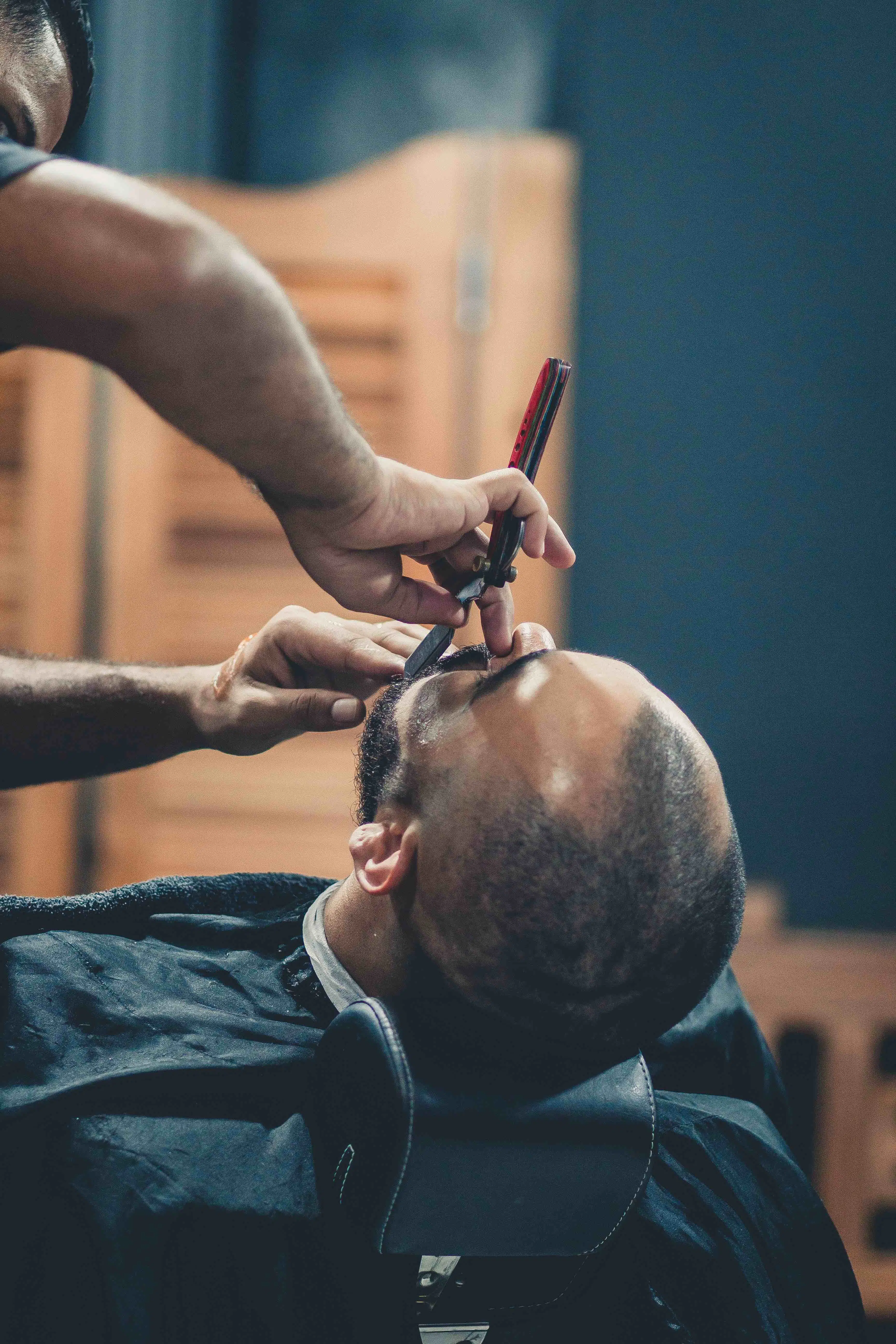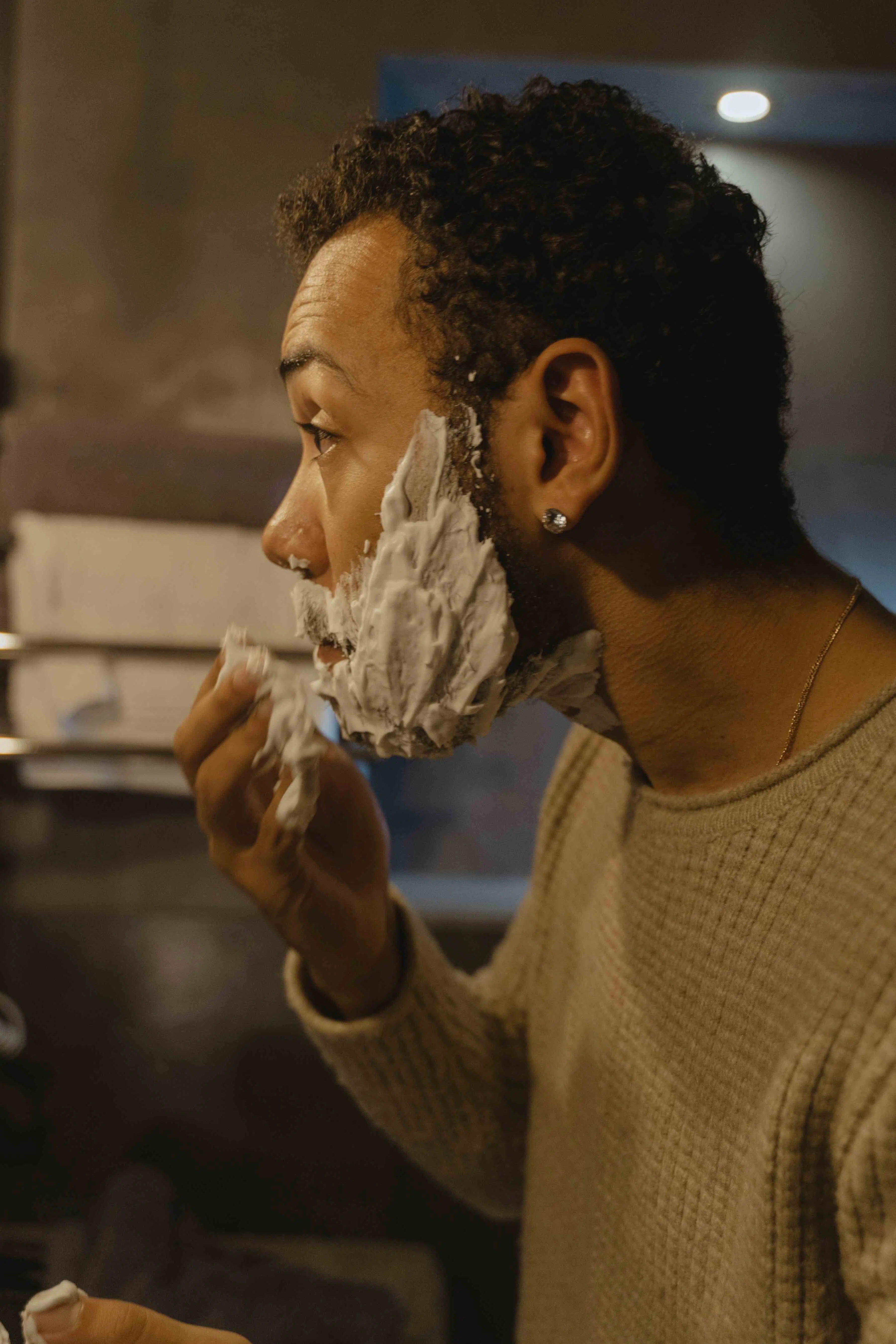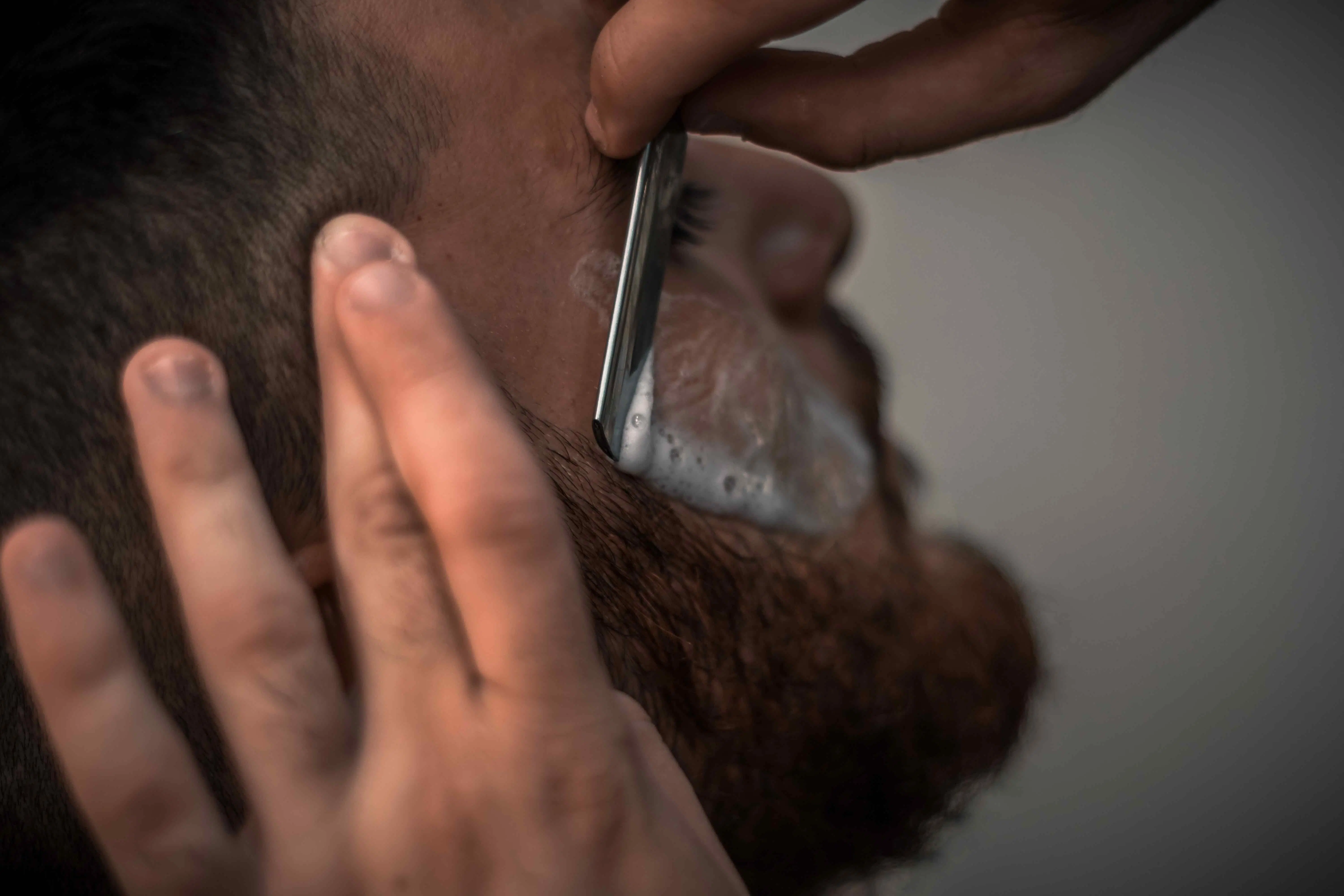How To Stop Cutting Yourself When Shaving
Even if you’re an experienced shaver and shave most days of the week, it doesn’t mean that you’ll never cut yourself when you are brandishing your razor!

The key to shaving success is to understand the different shaving techniques and about the different types of razors. Knowing these valuable points will help minimise your chances of hurting yourself.
Here’s the best routine to adopt to ensure you shave without cutting yourself…
Invest in a good razor
There are many different types of razor on the market and it is key to choose the one that suits you best. You may decide on an electric razor or a multi-blade razor. It has to be said that electric razors are quick and convenient but you won’t get such a close or accurate shave as you will with a razor.
A quality safety razor is ideal – as long as the blade is in good condition. One of the models with a pivoting head makes it easier to shave all angles well.
Check your razor is in good condition
Before you start shaving, check that the razor blade is in good condition. Your razor should always be kept in a clean, dry place between shaves as damp conditions can cause germs and infections. After each use, the razor blades should be carefully washed in piping hot water to ensure there is no remaining build-up of shaving cream and hair. The razor should be carefully dried with a clean towel before storing. Don’t store your razors in humid bathroom conditions.
Check that the razor blade is in good condition and is sharp. Ideally, the blade should be changed after 5- 7 shaves – depending on the thickness and density of your facial hair.
You can tell that your razor is beginning to dull when it tugs and nicks your skin. The blade will not be sharp enough to cut the hair and will start pulling it instead. You may find that a razor with a number of blades produces a better shave than a single blade razor.
Prepare your skin

A morning shower is perfect as your skin will be warm and well-hydrated and by washing your face you’ll have got rid of dead skin cells and any excess oil – and this will definitely help your razor to glide more easily over your skin without getting clogged up. If there is no chance to shower, hold a warm, damp towel to your face for a couple of minutes.
Lubricate your skin well
You should always apply shaving cream before you start to shave. It’s best to spend some time choosing the right product in the supermarket especially if you have sensitive skin because there are a number of products that are particularly suited to your skin and will make a real difference – We would recommend our very own Premium Sandalwood Shaving cream. Apply the shaving cream generously after mixing in to a thick creamy lather to help your razor glide over your skin.
Traditionally, men used soap and water for shaving, but this often leaves the skin dry and irritated. By using shaving cream, you’ll be able to get a really close shave – but without irritating your skin. In fact, your skin will feel good afterwards and very soft. Lubricating your skin well is the best way to protect your skin against shaving cuts and skin irritation – if you dry shave the chances of both are significantly increased.
Follow the flow of your hair
Your hair grows in different directions on various parts of your face and it is important that you know in which direction it is growing and where. If you shave in the opposite direction to hair growth, this will give you a closer shave, but will also irritate your skin. ‘Go with the flow’ and shave in the direction that the hair grows will help your razor glide over the skin and minimise skin irritation and ingrown hairs.
When you shave, hold your razor lightly so that it can glide over your skin, rather than pressing down and dragging the razor, as this will will hurt and damage your skin. Use light short strokes as this will ensure that you don’t miss any hairs.
Keep rinsing your razor

Next step – rinse and moisturise
When you’ve finished shaving, rinse your face with clean, cool water as this will help close the pores of your skin and will also remove any remaining traces of shaving cream. Next apply a good quality moisturiser or after shave balm to soothe your skin. Do not apply alcohol based aftershave straight afterwards as this could sting your skin and leave red marks on your skin.
And if you do cut yourself….
If you still manage to give yourself a gash while shaving; dab the area with lip balm to soothe your skin. Don’t use paper tissues as these are not effective and just make a mess as they tend to stick to the blood as it’s drying and can be painful to remove.
